KRAS research has now transcended oncology. Recent studies reveal that KRAS signaling interconnects with immunity, cellular aging, and even regenerative medicine. In this fourth installment, we redefine KRAS as a “life regulator” rather than merely an oncogene, exploring its roles in immune remodeling, senescence, and tissue rejuvenation.
1. KRAS and Immunity — The Architect of the Tumor Microenvironment
KRAS-mutant tumors are profoundly immunosuppressive. Activated KRAS drives expression of cytokines such as CXCL1, IL-6, and TGF-β, excluding T-cell infiltration and upregulating PD-L1 expression. Thus, KRAS shapes an immune landscape that shields tumors from host defense.
However, KRAS inhibition reverses this state. Recent findings show immune microenvironment reprogramming: increased MHC-I expression, enhanced antigen presentation, and restored CD8+ T-cell activity. These changes amplify therapeutic efficacy and open new immunotherapy synergies.
2. Combination with Immune Checkpoint Blockade — Toward a New Standard
KRAS G12C inhibitors (Sotorasib, Adagrasib) show limited monotherapy activity but produce synergistic effects when combined with PD-1/PD-L1 blockade. Preclinical models demonstrate a “heating” of the TME (Tumor Microenvironment) following KRAS inhibition, with improved immune infiltration. Yet if wild-type KRAS remains active, immune suppression returns — highlighting the need for comprehensive RAS control.
This combination defines a new paradigm: “Targeted + Immune Hybrid Therapy.”
3. KRAS and Cellular Aging — One Molecule, Two Opposite Fates
Paradoxically, the same KRAS that drives cancer also triggers oncogene-induced senescence (OIS) when hyperactivated. Through p16INK4A and p53 pathways, excessive KRAS signaling halts cell proliferation and induces permanent growth arrest.
OIS functions as a tumor-suppressive barrier but contributes to chronic inflammation and tissue aging. KRAS therefore sits on the fine line between rejuvenation and degeneration.
4. Senolytics and RAS Reprogramming — The Rejuvenation Window
Combining senolytic therapy (selective clearance of senescent cells) with KRAS modulation is emerging as a promising strategy. Partial KRAS inhibition may reset OIS and promote controlled tissue regeneration — though excessive reactivation risks tumorigenesis.
Institutes such as RIKEN and AIST are exploring spatiotemporal RAS control guided by AI models that monitor p16/p21 dynamics. This approach envisions a “RAS Rejuvenation Window” — removing aged cells while promoting regenerative repair.
5. KRAS in Stem Cells and Regenerative Medicine
In epithelial and hepatic progenitor cells, KRAS signaling orchestrates the balance between self-renewal and differentiation. Transient, low-level RAS activation can trigger regenerative proliferation without malignant transformation.
Studies from Kyoto University and Harvard Stem Cell Institute demonstrate that mild KRAS activation promotes epithelial healing, an effect termed “controlled reactivation.” This mechanism links cancer biology and tissue regeneration as two sides of the same RAS coin.
6. Quantum Computing and AI — Optimizing the RAS Network
By 2025, quantum computing and AI have begun reshaping RAS research. Simulations of mutant–wild-type–immune interactions allow real-time prediction of the optimal RAS activity window for therapy, rejuvenation, or repair.
This integration paves the way for RAS-Integrated Therapy — a systems-level approach uniting oncology, geroscience, and regenerative medicine.
7. Author’s Perspective — RAS as Order, Not Disease
After decades of KRAS studies, it is clear that RAS is not merely a driver of cancer but a regulator of biological order. How we modulate it determines whether cells age, regenerate, or transform. RAS is not a “dangerous switch” but an evolutionary adaptation mechanism that balances chaos and control.
In the next decade, KRAS will move beyond oncology to become central to regeneration, longevity, and AI-driven medicine.
Next in the Series — Part 5: The Future of KRAS Drug Discovery
The final chapter will explore quantum-assisted inhibitor design, pan-RAS degraders, and AI-enabled combination therapies that redefine the future of precision oncology.
This article was produced by the Morningglorysciences Editorial Team.
Related articles











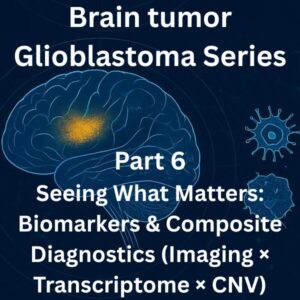
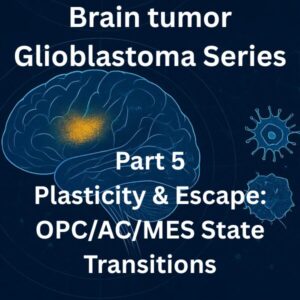
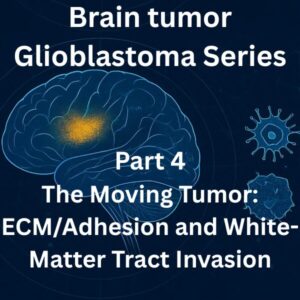
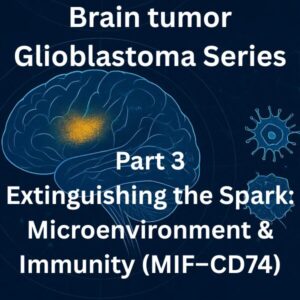
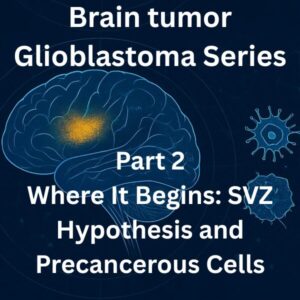
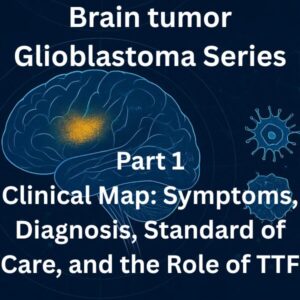
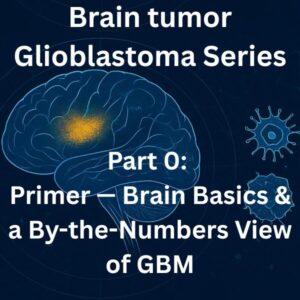

Comments